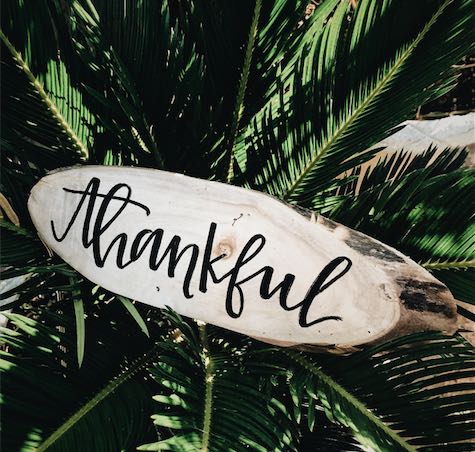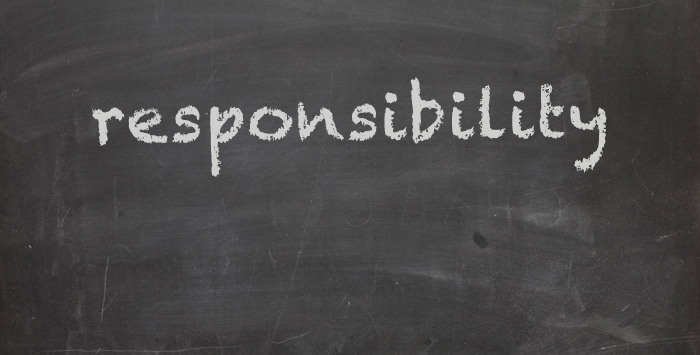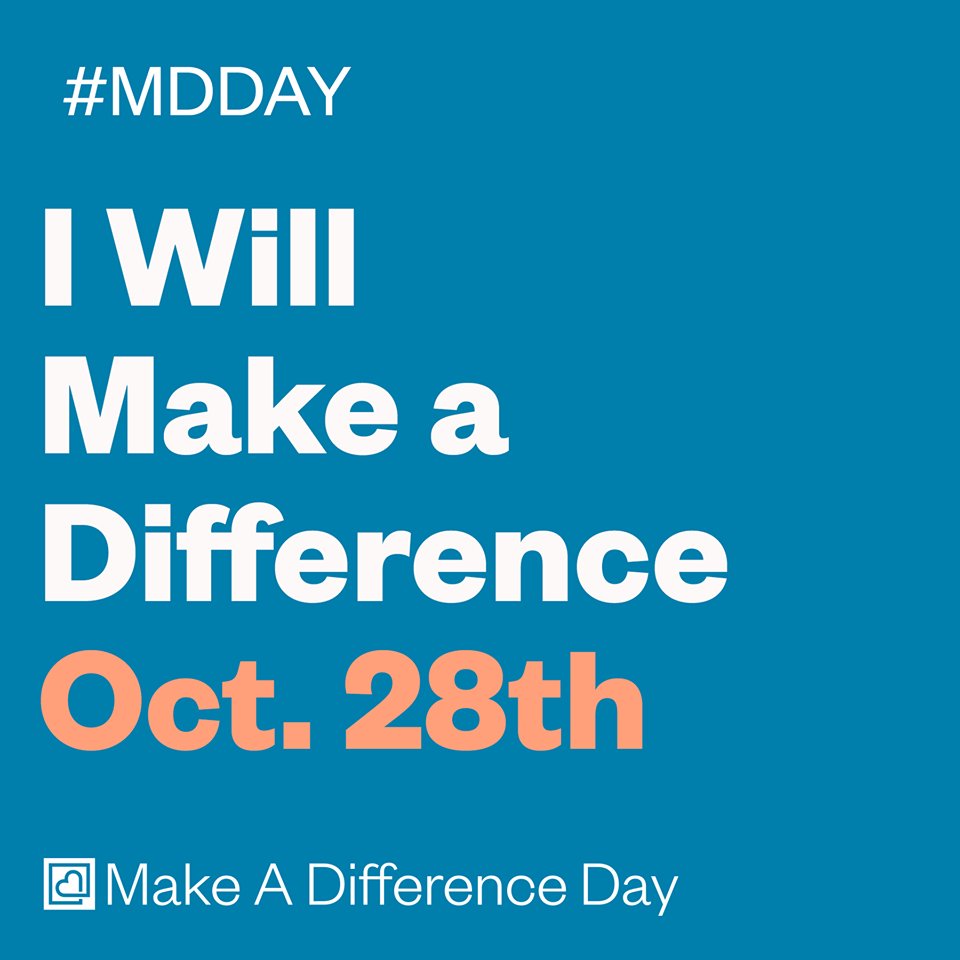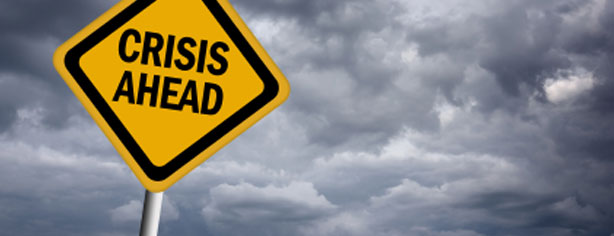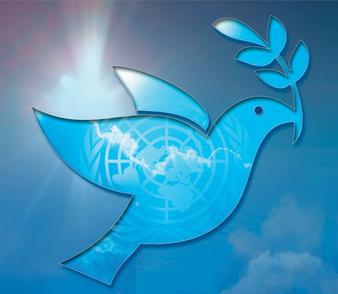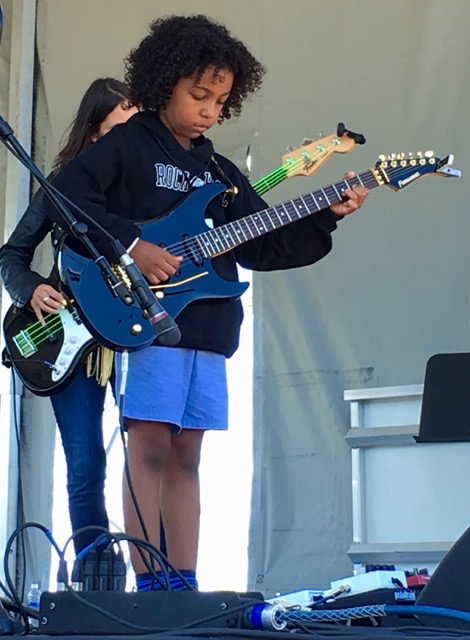 If you wonder why you don’t see eye to eye with certain co-workers, it could be because your style preferences are different. One person who communicates with a fast, direct style may be intimidating to another person who needs reflective time to process information. You may think the other person is “odd” when in reality you just have different styles.
If you wonder why you don’t see eye to eye with certain co-workers, it could be because your style preferences are different. One person who communicates with a fast, direct style may be intimidating to another person who needs reflective time to process information. You may think the other person is “odd” when in reality you just have different styles.
One of the best investments you can make in yourself as a professional is to take a personal style assessment (or several). You will gain valuable insights about your own style and the styles of people you work with.
Some companies use assessments during the hiring process or prior to training programs. From a human resource perspective, assessments help to determine if you are a right “fit” for a specific position, based on the job’s criteria. Assessments can also provide a glimpse at an employee’s skill level as a team player or leader. As a coach, I often use assessments to help me understand my clients as we enter the coaching relationship.
Even if you have to pay for an assessment yourself, which usually costs less than $100 per assessment, the results will allow you to gain clarity about yourself as a person, worker, team member and leader. It will also help you to identify behavioral styles and suggest ways for you to interact with and work along side people whose styles may be different from yours.
Personal/social style assessments have been available for more than half a century. Once you understand your personal style and behavior, you can learn to modify your behavior in work/life situations. The end result: You will learn how to position yourself as a professional more effectively.
Some of the most common assessments used in the American workplace include:
Myer-Briggs Type Indicator (MBTI). Developed by Katharine Cook Briggs and her daughter, Isabel Briggs Myers, the MBTI is based on the ideas of Swiss psychiatrist Carl G. Jung, which identifies 16 distinct personality differences and preferences.
DISC Profile Analysis. A behavioral model developed by John Geier and others based on the work of psychologist William Moulton Marston and behaviorist Walter V. Clarke and others, the profile measures four distinct characteristics, Dominance (how you respond to problems/challenges), Influence (how you influence others to your point of view), Steadiness (how you respond to the pace of the environment), and Compliance (how you respond to rules and procedures set by others).
Clifton StrengthsFinder Profile. The Gallup Press offers two popular tools, Clifton StrengthsFinder Profile, from the book, Now, Discover Your Strengths, by Marcus Buckingham and Donald O. Clifton, Ph.D. and StrengthsFinder 2.0 by Tom Rath. The tools focus on 34 dominant themes that help participants identify their talents and how they can build a successful life and career.
Herrmann Brain Dominance Instrument (HBDI). Developed by Ned Herrmann, the HBDI assesses thinking preferences, identifying four specific modes of thinking: Analytical, sequential, interpersonal, and imaginative. His concept, Whole Brain® Thinking, helps individuals understand how to be flexible in using the four styles of thinking within organizations and in individual relationships.
Social Style® Model. Dr. David Merrill and Roger Reid developed the Social Style® Profile in the 1960s, which determines social/behavioral style and is helpful for people who work in team environments. The model identifies four types: Analytical (thinking oriented), Driver (action oriented), Amiable (relationship oriented) and Expressive (intuition oriented).
Emotional Intelligence and Social Competency Inventory (ESCI). Co-created by Daniel Goleman, Richard Boyatzis and Hay Group, Inc., the ESCI measures self-awareness, self-management, social awareness and relationship management.
True Colors. Based upon the Myers-Briggs Type Indicator®, and refined by David Keirsey, the True Colors assessment allows you to explore 24 aspects of your personality. Each unique style is color coded, representing psychological and physiological needs.
The Enneagram. Using nine patterns of thinking, feeling, and acting, the Enneagram reveals information about your whole self and what motivates you.
360-Degree Feedback. This assessment tool uses the perspective of others as a way to subjectively describe your style, using descriptive words. It compares the description that you choose with the descriptions that others choose, to indicate any gaps between how you perceive yourself and how others perceive you.
These are just a few of the most common assessments used in the workplace. For a complete listing and evaluation of assessments, the Center for Creative Leadership (CCL) offers an overview of the many assessment tools the Center offers.
If you find yourself asking the question, “Who am I?,” then make an investment in yourself, or ask your HR professional about assessments that your company offers. Assessments help to paint a picture of who you are and can offer you insights into your style and its impact on others.



